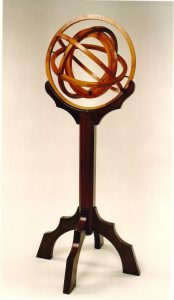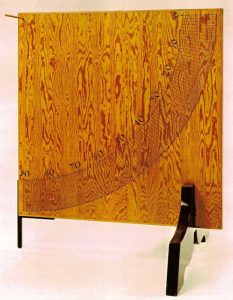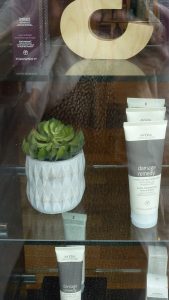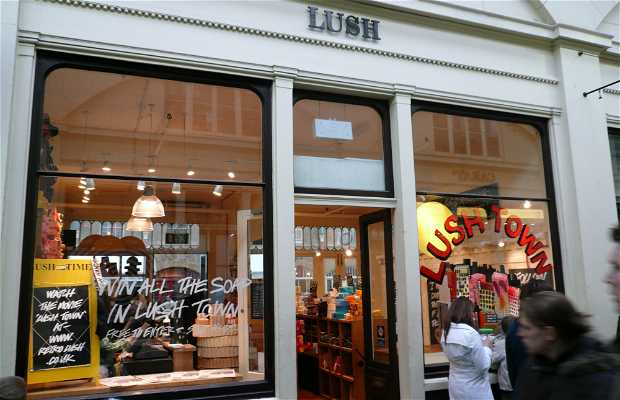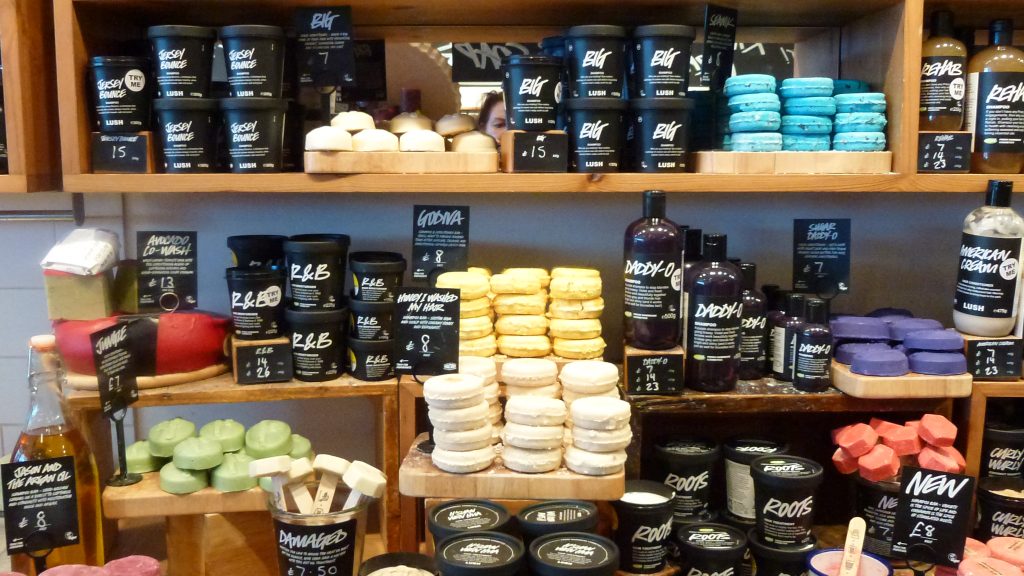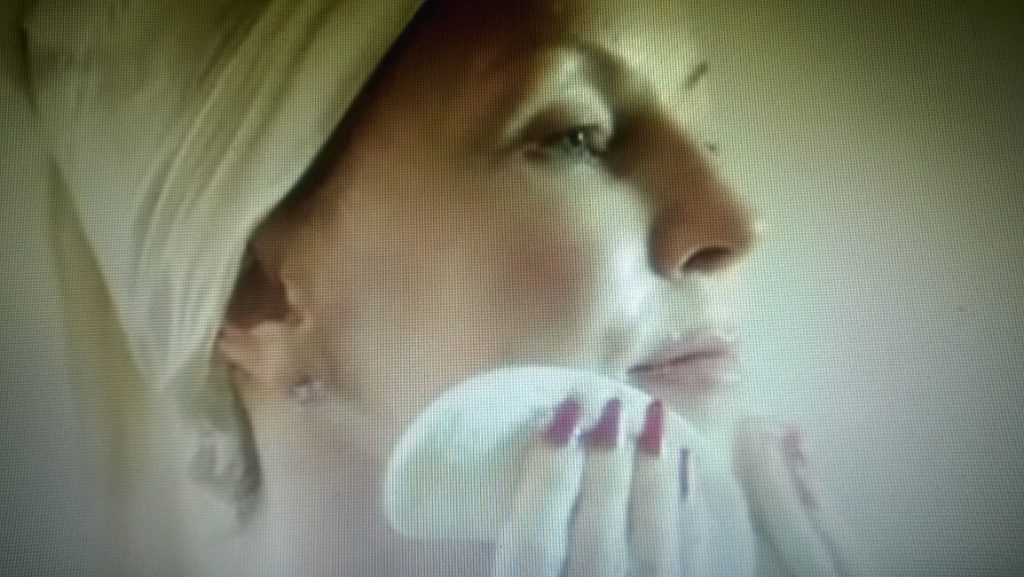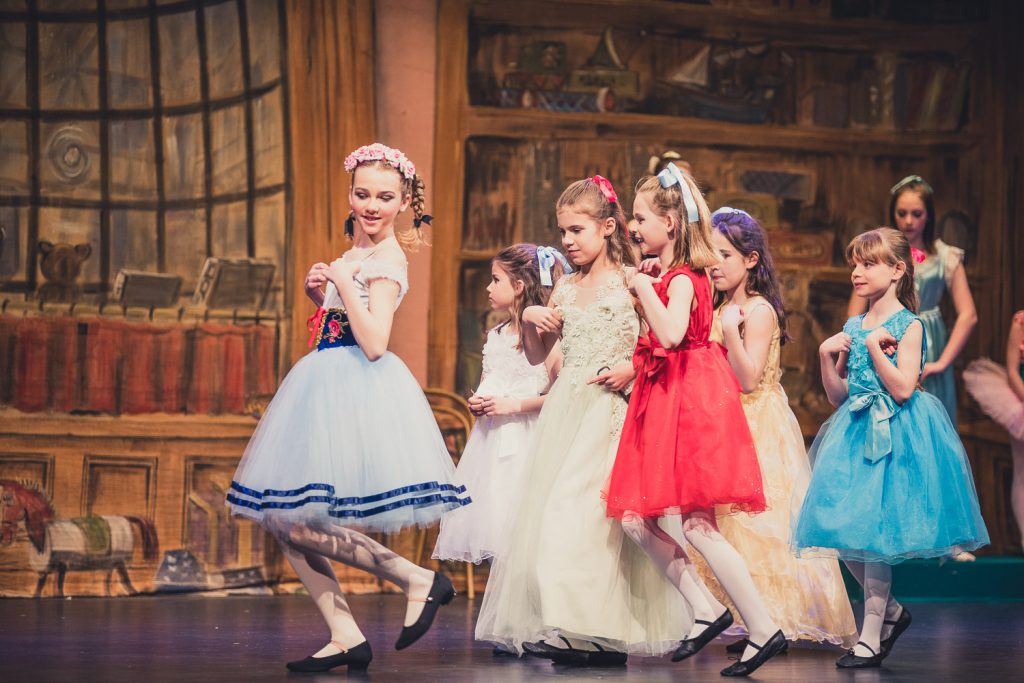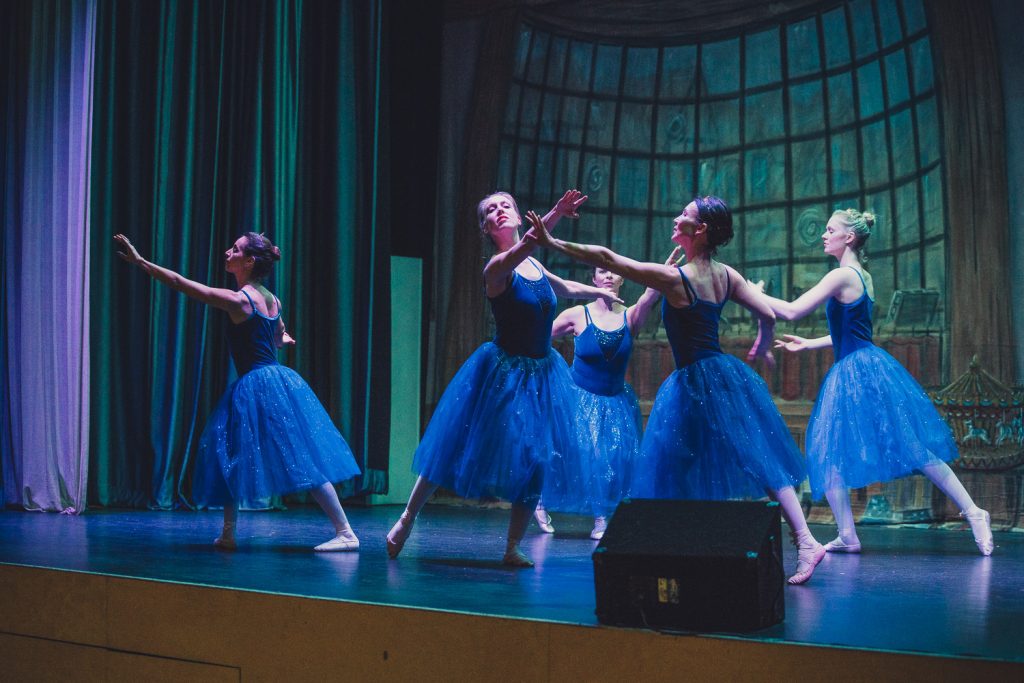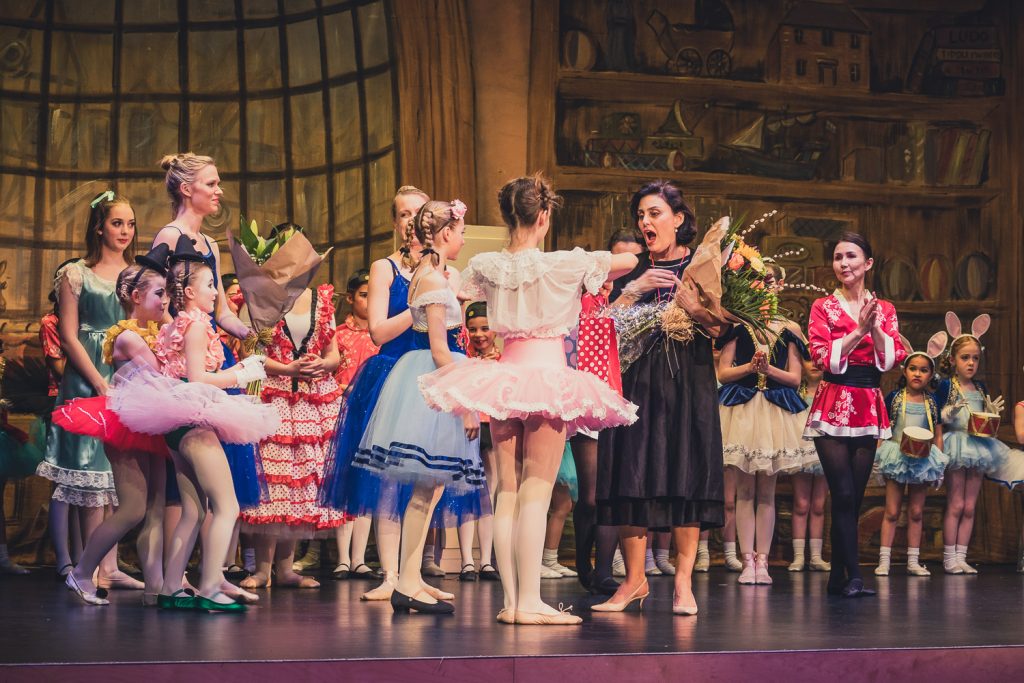It is a well- known fact that Polish people in Britain have a long tradition of having organised Polish Cultural Centres, as well as chains of shops, selling their favourite food products. Recently this type of initiative has extended to developing a very successful net of private and affordable Polish Health Centres, that are opened to all.
Tooting Medical Centre sent out the following information to their patients and asked to spread the word.
“About Coronavirus
NOTE: This article is to give information and it is not medical advice. If you have any symptoms of infection with the virus, call 111 – NHS Services.
If you have a runny nose and sputum with a cold, then it cannot be a new type of pneumonia with coronavirus, because infection leading to pneumonia with the coronavirus COVID-19 is a dry cough without a runny nose. This is the easiest first way to determine if you need to worry about being infected with COVID -19 virus. Also, this time, the Wuhan virus is not heat resistant and will be killed at 26-27 degrees Celsius. It is advised, therefore, to drink more hot water to prevent this disease. Drinking hot water is a must. Although this is not a cure, it will be beneficial to your body. Not only that! Drinking hot water is effective in the fight against all viruses. Try not to drink drinks with ice at all, remember – this is now extremely important. Walk more in the sun.
More tips on combating coronavirus:
1. It is a fairly large size (the cell diameter is about 400-500 nm), so any ordinary Hygiene Face Mask (not only the N95 function) should be able to filter out this virus. However, when someone infected sneezes in front of you, they spit out infected with the virus sputum, for a distance of about 3 meters (about 10 feet), before sneezed out droplets fall to the ground and no longer stay airborne.
2 When the virus falls onto a metal surface, it will live there for at least 12 hours. Therefore, remember that if you come into contact with any metal surface, it is necessary to wash your hands thoroughly with soap.
3. The virus may remain active on clothing fabric for 6-12 hours. Conventional laundry detergent should kill the virus. For winter clothes, that do not require daily washing, you can put them in the sun (or on a hot radiator or in the oven) to kill the virus.
Information on the symptoms of pneumonia caused by coronavirus COVID-19:
- First, this virus will infect the throat, then there will be a feeling of dryness in the sore throat, which will last 3-4 days.
- Then the virus combines with the nasal fluid that drips into the trachea and enters the lungs, causing an infection leading to pneumonia. This process will last from 5 to 6 days.
- With pneumonia, there is a high fever and shortness of breath. At the same time, hyperemia of the nasal mucosa is not like the usual congestion of the nasal mucosa – a person will feel as if drowning in water. It is important to IMMEDIATELY consult a doctor, if a person has this feeling, or call 111.
About prevention:
- The most common way of contracting the virus is through touching people, so try not to touch people and wash hands frequently. The virus can live on hands, on average for 5-10 – up to 30 minutes, but in these 5-10-30 minutes, a lot can happen (a person can unwittingly rub his/her eyes or runny nose).
- Beside frequent hand washing, it is highly advisable and beneficial to rinse the throat with Betadine, to eliminate or minimise germs that are still in the throat (before they start dripping into the lungs), as well as to rinse the nose in the nostrils. Be very careful at all times and drink as much water as possible.”
“There is no evidence that hot drinks will protect against viral infections, says Ron Eccles, an expert in respiratory diseases at Cardiff University in the UK and former director of the Common Cold Centre.
According to WHO it is 56 (°C) that kills SARS – coronavirus.
The more explanation we have how COVID-19 can infect and how to prevent such infection the better we can cope.




